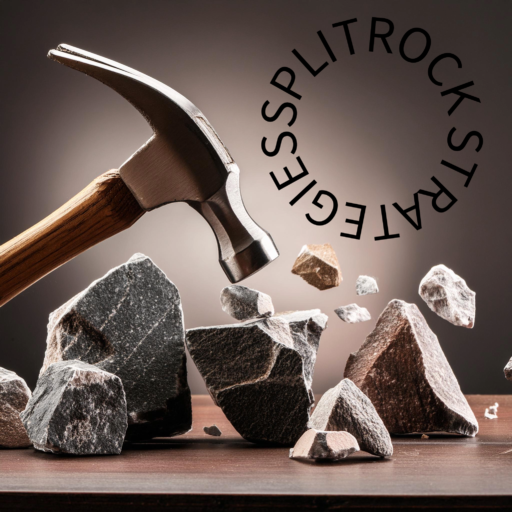Jewish Futurists
Linear vs Non-Linear Jewish Time
Linear is a line which is history, cyclical time is non-linear. Seasonal cycles and life cycles are non-linear. Judaism calls our attention to the need to observe these cycles and their impact on our physical and emotions beings. In celebrates these cycles, Jews have created rituals and ritual items with which to observe these cycles. These cycles do occur in linear or historic time, and the rituals and ritual items tend to reflect that along with the cultural surroundings experienced by Jews in particular cultures and time frames. Thus the significant attention given to ritual items in any discussion of Jewish Art.
There is another set of considerations that begin with a genre that is about the biblical subject matter rather than technique. With a series of web searches one can find dozens or more art works that pertain to specific personalities or events depicted in the Hebrew Scriptures, for example the scene best know for its verse “Your God is My God.” That dramatic moment during which Ruth refuses the urging of Naomi to leave her and return to her moabite origins. The facial and body language depicted by the artists sheds understanding about Ruth and Naomi that the text does not. There is much we can learn about the historical moment of the artist as well.
Jewish Time
Linear Vs Non-Linear Judaism

